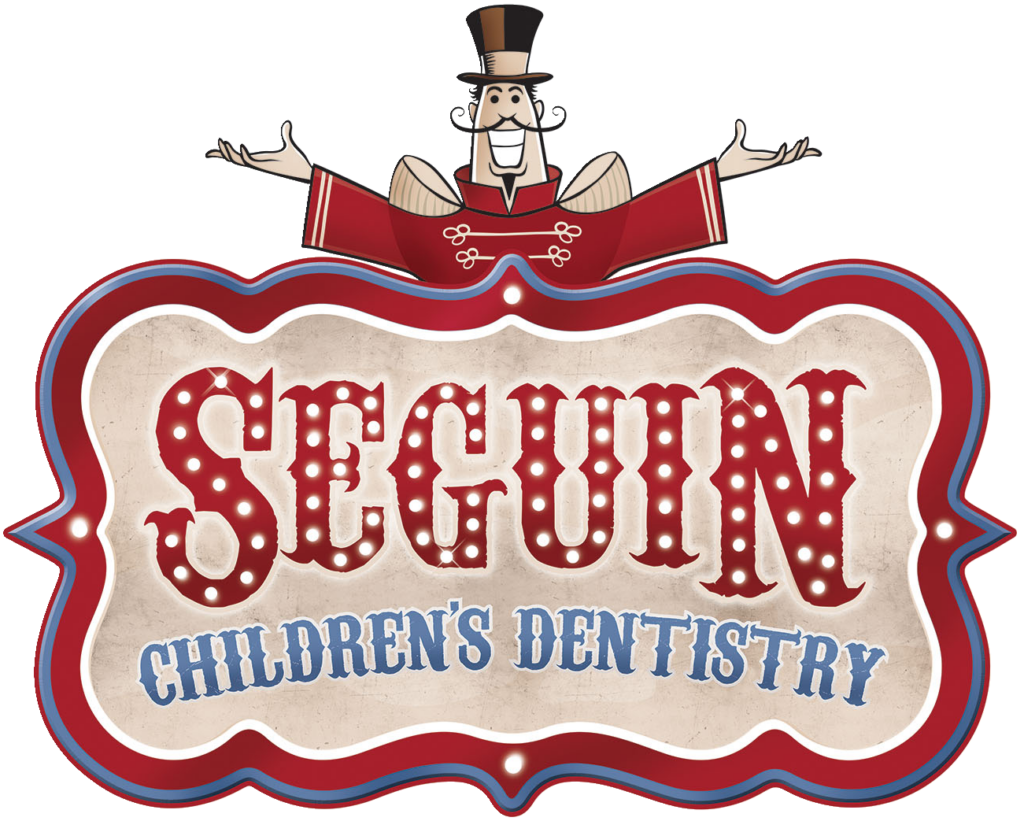Your Child’s First Visit
According to the American Academy of Pediatric Dentistry (AAPD), it is recommended that a child have their first visit, and establish a “Dental Home” by one year of age. Children who have a dental home are more likely to receive appropriate preventive and routine oral health care.
You can make your child’s first visit to the dentist enjoyable and positive. The best thing that you can do to prepare your child for their first dental appointment is to communicate a positive message. Begin early training by exhibiting positive energy regarding oral care. And remember that if you feel stress about your child’s dental appointment, they will too.
Provide explanations that include positive phrases like “healthy mouth” and “strong teeth”. Avoid trigger words like “needles” and “injections”, including when you refer to your own dental experiences. The best advice is to keep the conversation simple and matter-of-fact.
During Your Child’s First Dental Visit
The initial visit has several goals, but the main purpose is to establish a foundation. The dentist will evaluate your child’s mouth, gums, any existing teeth, and bone development. You and the dentist will discuss the patient’s medical history and you will have the opportunity to address any questions or concerns.
The dentist will develop and recommend an oral care routine specific to your child’s teeth, habits, and needs. The dentist may make recommendations for nutritional counseling, oral hygiene routines, and oral habits such as thumbsucking or pacifier usage.
As your child grows, dental visits will lead to more thorough exams, cleanings, and treatments. Tooth development and decay will be charted, and preventative treatments will be applied. Fluoride treatments, or “fluoride varnish”, to protect tooth enamel may be applied as often as four times per year.
When the first set of molars erupt, dental sealants may be placed to help prevent tooth decay. This is a highly recommended practice in which a thin coating is painted onto teeth, providing a shield from bacteria, acid, and food particles. Dental sealants can last several years, depending on your child’s health and eating habits.
Education



